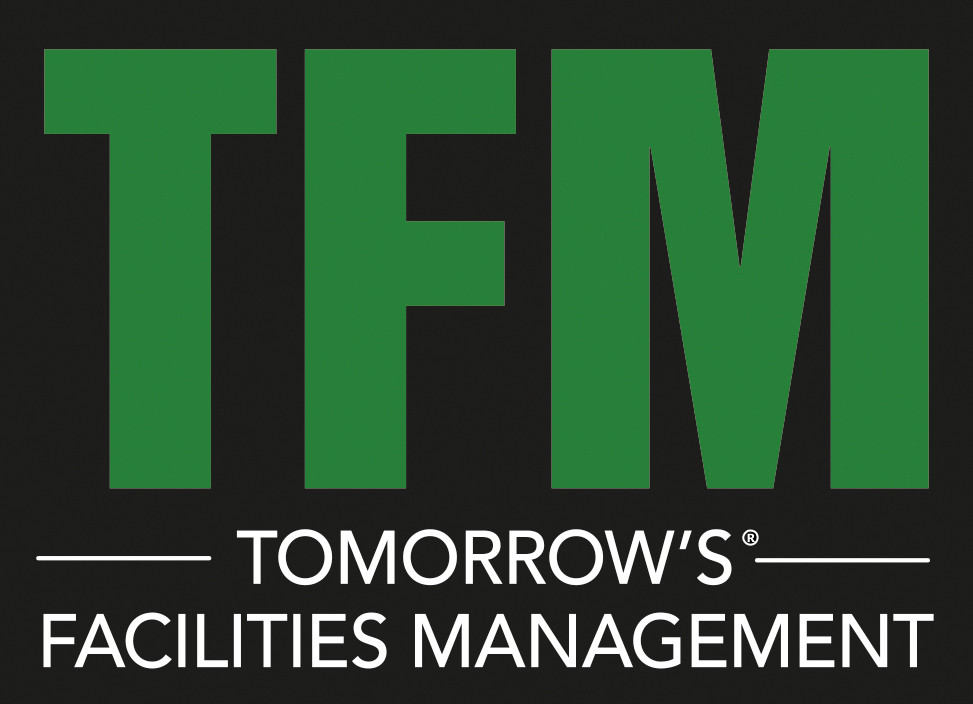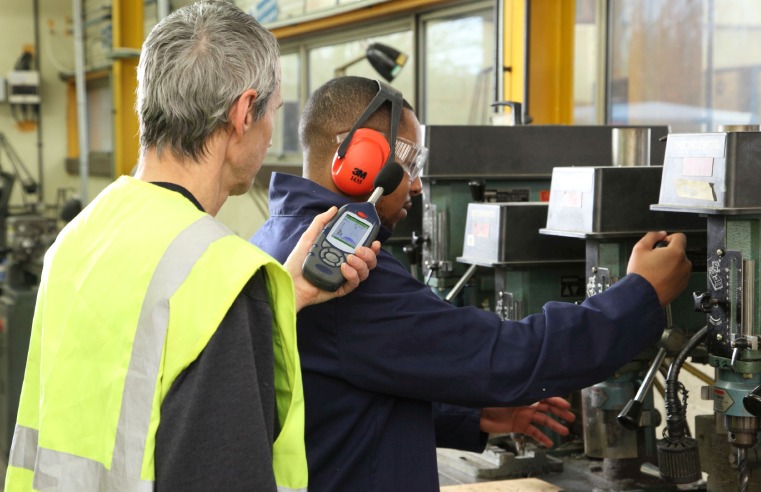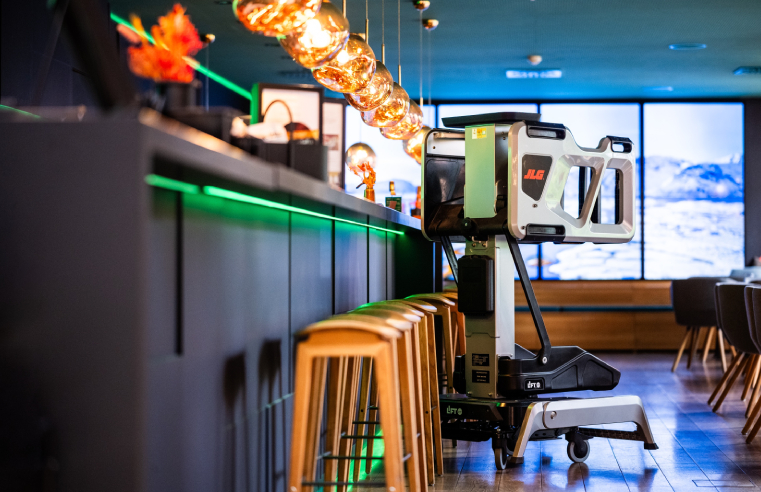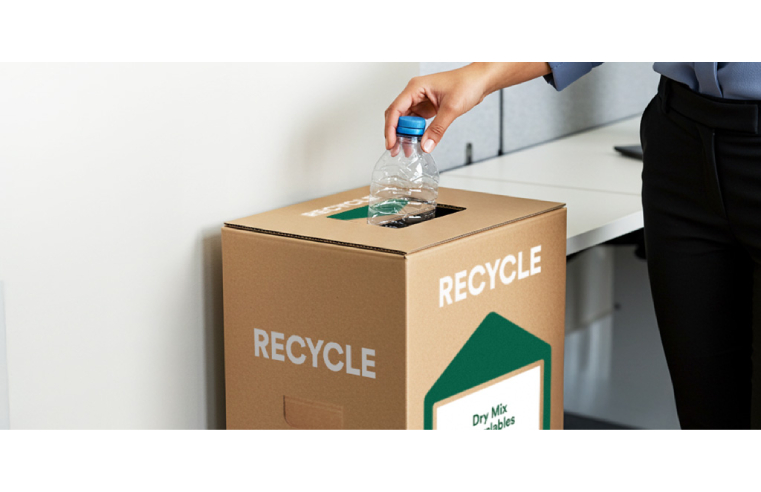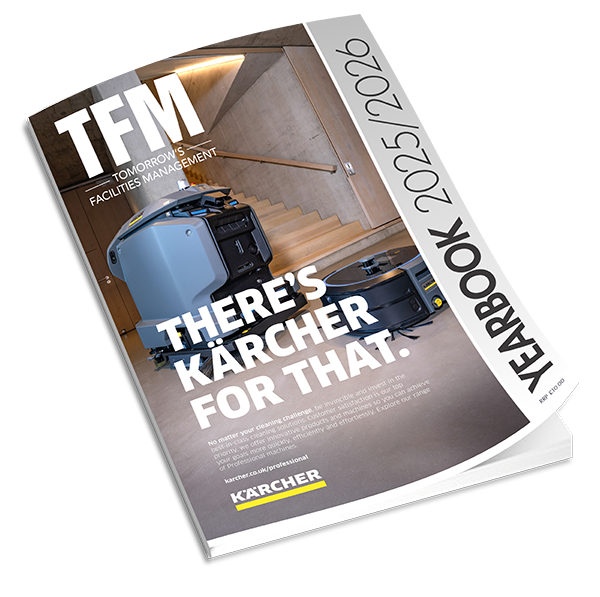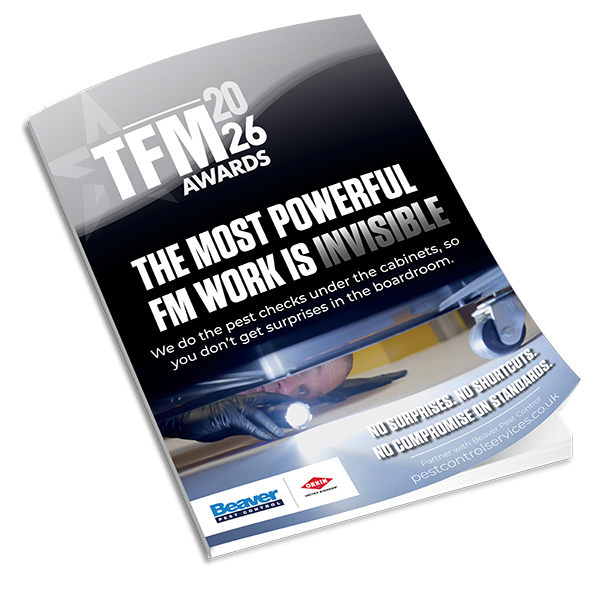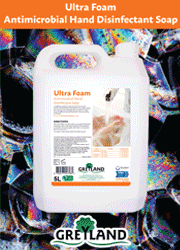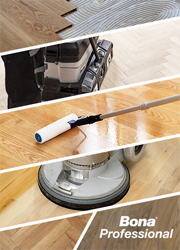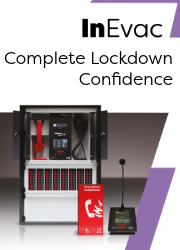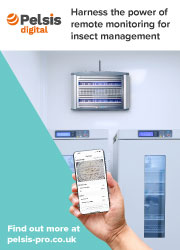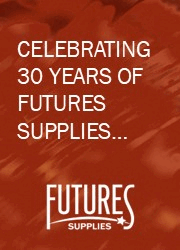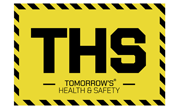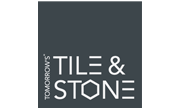Tim Turney, Global Marketing Manager at occupational hygiene and environmental expert Casella, shares expert advice on hearing protection in the workplace.
More than two million workers in the UK are exposed to noise levels that put their hearing at risk. Prolonged exposure to excessive noise can cause life-changing damage because the harm to the sensory cells and other structures within the ears is irreversible, resulting in permanent noise-induced hearing loss (NIHL).
NIHL is an injury that can seriously impair a worker’s quality of life. Employers, meanwhile, run the risk of reduced productivity, rising costs due to sickness days, increased costs for training and recruitment and large penalties and compensation claims. In the UK, NIHL is the second most common reason for employers' liability insurance claims for occupational health.
Understanding legal requirements
The Control of Noise at Work Regulations (2005) follow European Union Directives to ensure that workers' hearing is protected from excessive noise. The level at which employers must provide hearing protection and hearing protection zones is 85 dB(A) (daily or weekly average exposure) and the level at which employers must assess the risk to workers' health and provide them with information and training and access to PPE is 80 dB(A). Noise levels between 80-85 dB(A) are comparable to the sound of heavy traffic or a noisy restaurant.
Using noise monitoring to gather accurate insights
Noise monitoring provides accurate insights into the noise levels of a working environment so that businesses can identify problem areas and ensure they adhere to health and safety regulations. However, professionals undertaking the monitoring should be trained and prepared sufficiently with the right equipment as minor errors in noise level estimates can lead to major errors in exposure calculations. Inaccurate estimates can risk employee health, employer prosecution and unnecessary expenses undertaking exposure limiting measures based on inaccurate data.
Two pieces of equipment essential for the assessment are the sound level meter, primarily designed as a hand-held device used by an operator, and the noise dosimeter, which a staff member wears for their working shift. A sound level meter is an ideal solution for measuring the overall noise level of a task, piece of machinery or area. On the other hand, dosimeters are best for personal noise measurements where it is difficult or unsafe to get close to employees with a sound-level meter because dosimeters are smaller and body-mounted. For example, a dosimeter would be ideal for forklift truck drivers exposed to many different noise levels and irregular working patterns.
Implementing safety measures
If an assessment establishes that noise levels pose a risk to workers, personal hearing protection should be supplied immediately while other more permanent solutions are implemented. However, personal hearing protection should only be considered the primary solution when all other options have been exhausted. Control of noise at source should be performed in addition to other measures to reduce exposure, such as physically separating staff from the noisiest areas or rotating shifts to spread individual exposure.
Conducting a noise survey
A noise survey will determine which employees need personal hearing protection. There are two main types of exposure that need to be measured or calculated: the LAEP,d, which is the daily noise exposure (or average over a week if daily variation in exposure occurs) and LCPeak, which addresses protection from instantaneous damage to hearing when the peak noise is measured. The action levels within the directive have acceptable values for both these parameters.
A high-quality sound level meter or dose meter will be able to calculate these values but care must be taken with the LEP,d to ensure that the correct exposure time for the noise is measured or considered in the exposure calculation, accounting for work patterns and breaks.
A brief summary of when hearing protection needs to be worn relative to these action levels is:
Below the first action levels
Below an LAEP,dof 80dB(A) or LCPeak of 135dB(C) hearing protection does not have to be worn.
Between the first and second action levels
With an LAEP,dof between 80dB(A) and 85dB(A) and an LCPeak of 135dB(C) and 137dB(C) hearing protection should be made available to employees but it is not compulsory to wear protection.
Above the second action levels
With an LAEP,dover 85dB(A) or an LCPeak of 137dB(C) employees must wear the hearing protection provided and employers will need to provide training on correct usage.
There is also an exposure limit value at the ear, considering the attenuation of the hearing protection, which cannot be exceeded. The exposure limit values correspond to an LAEP,d of 87dB(A) or an LCPeak of 140dB(C). If employees are exposed to such levels, work should be stopped immediately until control measures can be put in place to reduce the noise below these limits.
Selecting personal hearing protection
When selecting hearing protection equipment, employers should consider the relationship between hearing protection and other personal protective equipment (PPE). For example, an employee wearing prescription or safety glasses will not obtain an adequate fit from a standard ear muff, so plugs or semi-inserts may be more suitable. In working environments where hard hats are worn regularly, a hard hat with built-in hearing defenders should be considered.
Employers must also understand the process of reducing sound, known as attenuation. If a protector with too little attenuation is used then employees will not receive enough protection. However, too much noise reduction can create feelings of isolation, and an employee may need to remove their PPE to communicate. In addition, over-attenuation can cut out safety warnings such as fire alarms or sirens from reversing vehicles, resulting in further risks to workers. As a general rule of thumb, businesses can avoid over-protecting workers by ensuring the level of exposure is not reduced to a level below 75dB(A).
A business’s unique working environment also impacts the best protector choice. For example, hot humid conditions can make earmuffs uncomfortable to wear, while dusty environments can cause hygiene problems. In dusty workplaces, it is crucial to keep the hands clean when inserting protective plugs to avoid ear infections. It is also advisable to ascertain any history of ear problems such as irritation or earache from employees, as earmuffs that fit over the outer ear may be preferable to avoid medical complications.
Removing PPE, even for short periods, has a significant effect on exposure. Therefore, it is crucial that hearing protection is comfortable. Providing employees with a choice of protection will encourage all-day wear and, ultimately, support their safety.
Keeping your future workforce safe
Employers have a responsibility to prevent damage to their workers’ health, however skill and knowledge of measuring noise can take years to build, so the information above can only be considered a foundational introduction. If certain aspects of noise monitoring, protection and control are outside of an individual’s competencies then external consultancies, training and support can be sought to bridge knowledge gaps and ensure employees get the critical protection they need.
Casella is dedicated to reducing occupational health and environmental risks, and supporting businesses in solving their monitoring and analysis needs.



